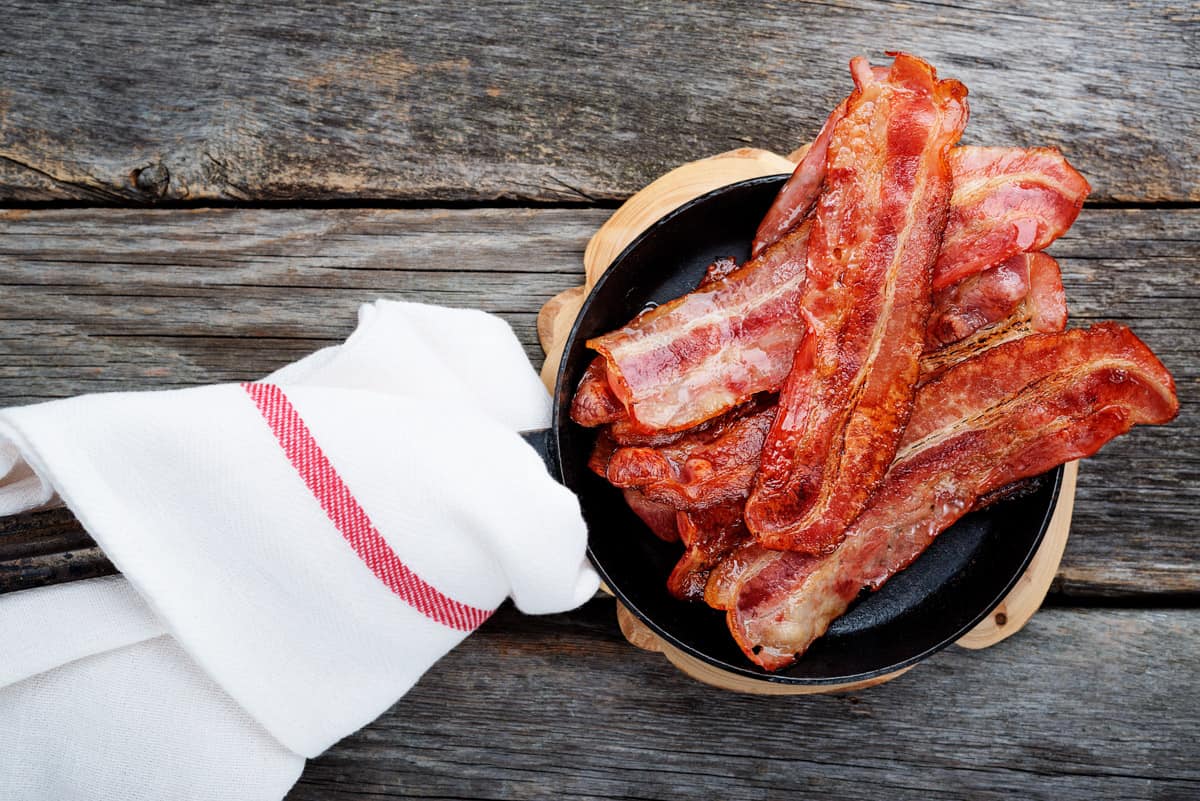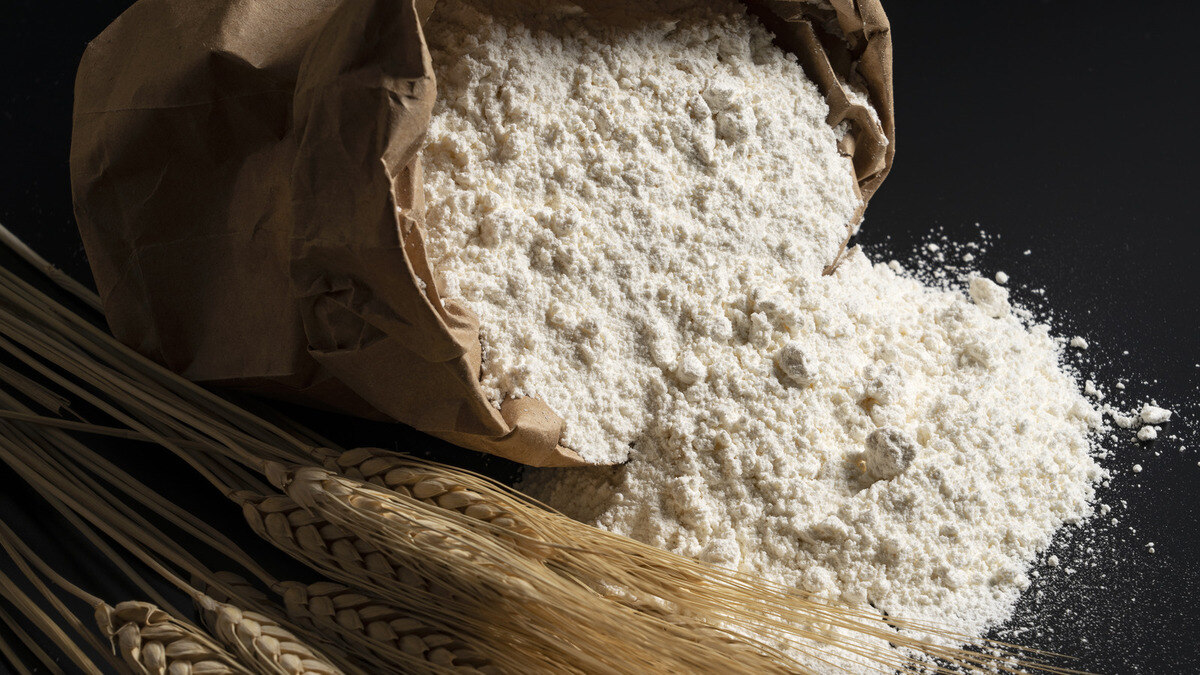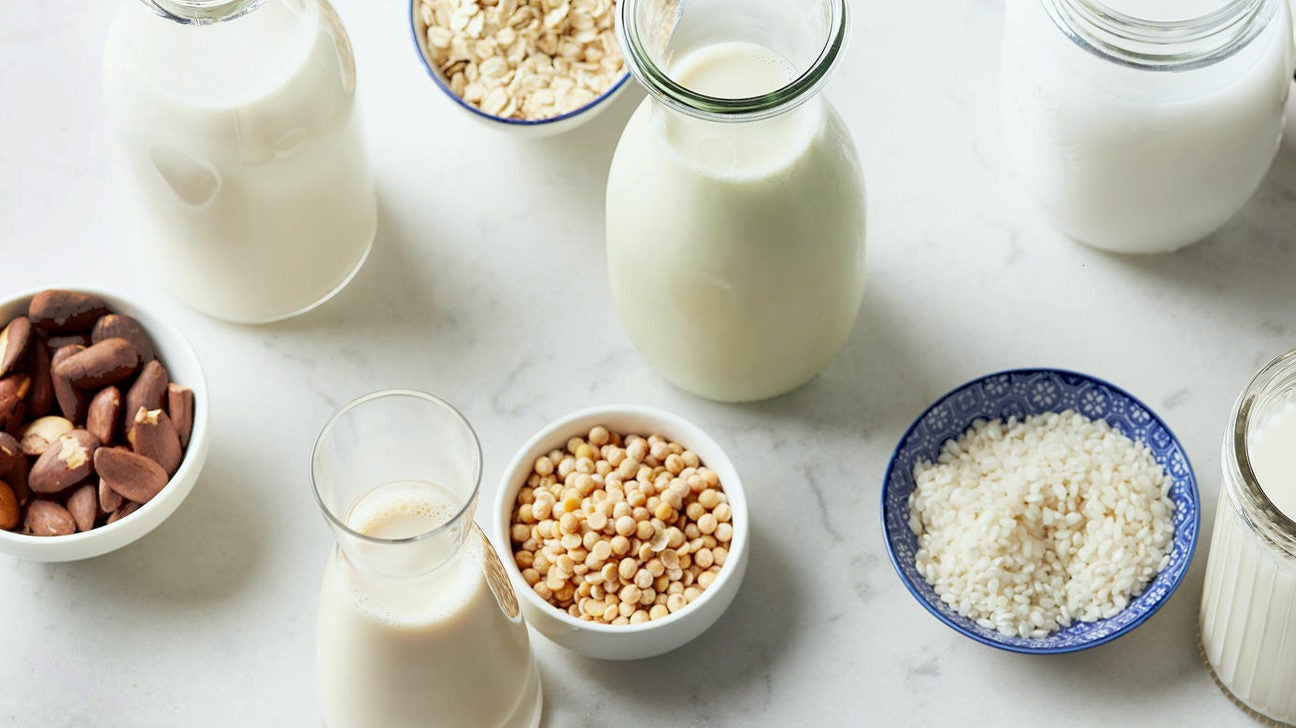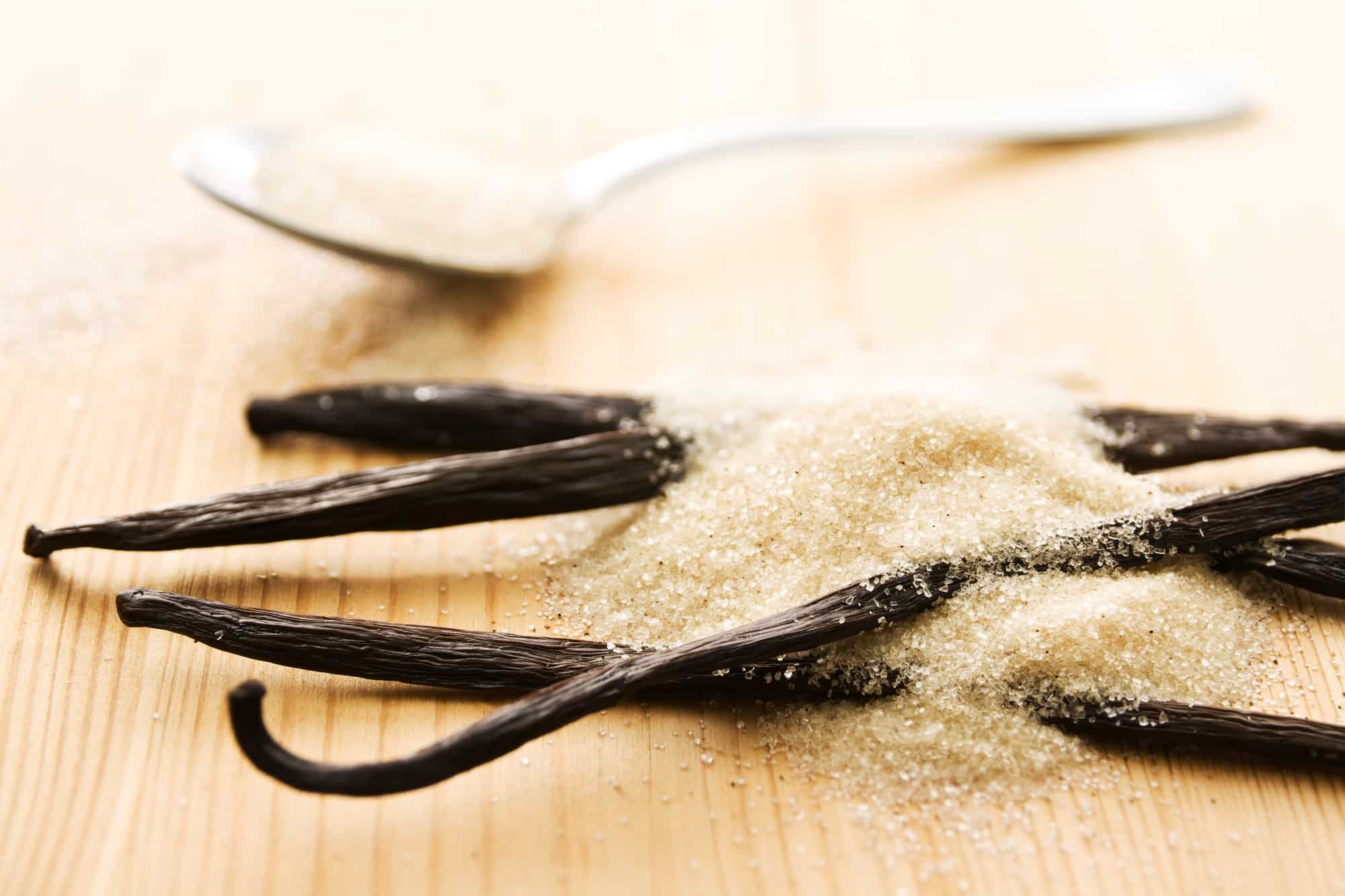Understanding the Smoke Point of Vegetable Oil
When it comes to cooking, the type of oil you use can make a big difference in the flavor and nutritional value of your food. One important factor to consider when choosing a cooking oil is its smoke point. The smoke point of an oil is the temperature at which it begins to break down and produce visible smoke. This not only affects the flavor of the food but also the nutritional quality of the oil.
Why Smoke Point Matters
The smoke point of an oil is crucial because heating oil beyond its smoke point can lead to the formation of harmful compounds and free radicals. These compounds not only impart a bitter flavor to the food but can also be detrimental to your health when consumed regularly.
When an oil is heated past its smoke point, it can also lose some of its nutritional value. For instance, the beneficial omega-3 fatty acids in certain oils can be damaged by high heat, reducing their health benefits.
Smoke Points of Different Vegetable Oils
Not all vegetable oils have the same smoke point. Here are the smoke points of some common vegetable oils:
- Extra Virgin Olive Oil: 320°F (160°C)
- Coconut Oil: 350°F (177°C)
- Canola Oil: 400°F (204°C)
- Vegetable Oil: 400-450°F (204-232°C)
- Avocado Oil: 520°F (271°C)
As you can see, the smoke points vary widely among different vegetable oils. It’s important to choose an oil with a smoke point appropriate for the cooking method you plan to use. For high-heat cooking methods like frying, it’s best to use an oil with a high smoke point, such as avocado oil or refined vegetable oil. For lower-heat cooking methods like sautéing, extra virgin olive oil or coconut oil can be suitable choices.
Best Practices for Cooking with Vegetable Oils
To ensure that you are using vegetable oils in the healthiest way possible, consider the following best practices:
- Match the oil to the cooking method: Use oils with high smoke points for high-heat cooking and those with lower smoke points for lower-heat cooking.
- Avoid reusing heated oil: Repeatedly heating and reusing oil can lead to the formation of harmful compounds, so it’s best to use fresh oil for each cooking session.
- Store oils properly: Exposure to light, heat, and air can cause oils to go rancid more quickly, so store them in a cool, dark place.
- Consider the flavor: Different oils have different flavors, so consider how the oil will complement the dish you are preparing.
By understanding the smoke point of vegetable oils and following best practices for cooking with them, you can ensure that your meals are not only delicious but also healthy.
Remember, the next time you’re in the kitchen, pay attention to the smoke point of the oil you’re using. Your taste buds and your health will thank you!
Was this page helpful?
Read Next: What Is A Rolling Pin?











